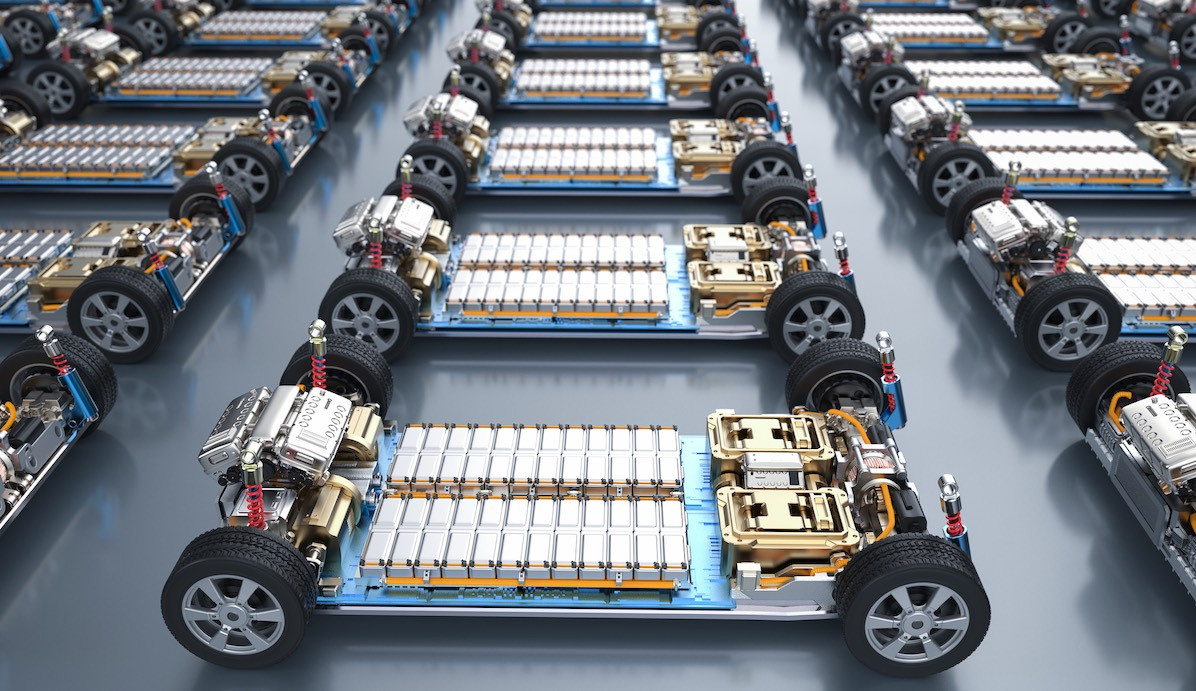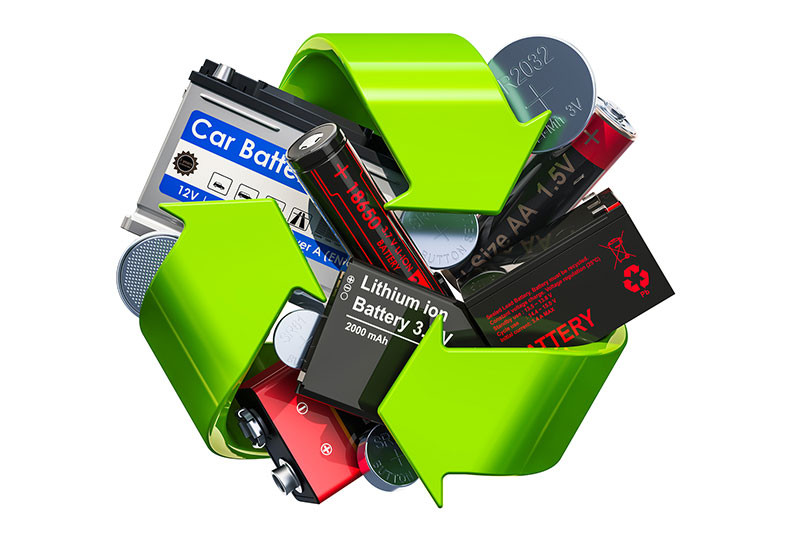With electric vehicles on the rise and large-scale energy storage projects proliferating across the country, the volume of lithium-ion batteries reaching end-of-life is set to skyrocket in the coming years. Developing a robust domestic battery recycling industry is not just an environmental imperative, but a critical economic and national security priority for Australia, according to Dr. Yanyan Zhao, research scientist at Commonwealth Scientific and Industrial Research Organisation (CSIRO) who specialise in lithium-ion battery recycling technologies.
The Urgent Call
Australia is already a global leader in lithium production, supplying over 50 per cent of the world’s lithium, but as demand for batteries continues to surge, recycling will become an increasingly important complement to mining in securing supplies of critical battery materials.
According to Zhao, recycling spent batteries requires far less raw material than mining to produce the same amount of lithium and other valuable metals.
“To extract one tonne of lithium from brine in North America, you need nearly 750 tonnes of raw material. From Australian lithium mines, it’s around 250 tonnes of ore. But from recycled lithium-ion batteries, you only need 28 tonnes to produce one tonne of lithium,” Zhao said.
This efficiency makes urban mining of spent batteries an extremely attractive proposition as the world seeks to meet exploding demand for battery materials.
Beyond the economic incentives, developing domestic recycling capabilities is crucial for Australia’s resource security and sovereignty.
“For national security, it’s beneficial to have our own battery value chain. In the future, energy will heavily rely on renewable sources, which are not always stable. Batteries are an important element of the energy transition journey. If we purely rely on other countries to provide batteries for us, we lose our national security,” Zhao said.
Current Challenges
Despite the clear need, Australia’s battery recycling infrastructure remains underdeveloped compared to other major economies.
Zhao pointed out that there are currently no commercial-scale battery recycling facilities in Australia capable of extracting and recovering the valuable metals from spent lithium-ion batteries.
While there are a handful of facilities that can sort and shred batteries, the “black mass” (the shredded, processed mixture of valuable metals from lithium-ion batteries) they produced must still be shipped overseas for further processing and metal recovery.
This lack of domestic processing capacity means Australia is missing out on capturing the full value of its battery waste stream.
It also increases the environmental footprint of recycling, as batteries must be transported long distances for processing.
“The current volume of spent lithium-ion batteries in Australia is still relatively low, making it difficult to achieve the economies of scale needed for profitable recycling operations,” Zhao said.
On the other end, establishing a full-scale battery recycling facility with metal extraction capabilities in Australia sounds like a difficult task, as it requires significant upfront investment, which can be prohibitive for start-ups and smaller companies.
Unlike some other countries, Australia hasn’t got to the stage of having policies in place to prevent the export of spent lithium ion batteries or providing strong incentivise domestic recycling.
Zhao said that companies interested in establishing recycling operations face unclear and inconsistent regulations across different states, creating barriers to entry.
Innovative Solutions
Despite these challenges, researchers like Zhao are developing innovative technologies that could help jumpstart Australia’s battery recycling industry.
One promising area of focus is the recovery of battery electrolyte salts, a critical and valuable component that is often overlooked in current recycling processes.
Zhao’s team at CSIRO has developed a novel technology to recover these salts in a pure form at the very beginning of the recycling process that can be used for making new batteries.
Traditional methods of battery recycling create considerable amounts of toxic waste and would damage equipment severely with the acid it generates, which all add a lot of costs to the recycling company.
But Zhao’s new technology not only creates an additional high-value product stream, but also eliminates many of the downstream processing challenges caused by electrolyte decomposition.
“If battery recycling processes can retrofit this technology at the front end, the total operating cost can be reduced by around 30 per cent,” Zhao said.
This type of innovation could significantly improve the economics of battery recycling in Australia while also reducing environmental impacts.
Zhao pointed out other areas of technological development include advanced battery discharging, battery reuse systems, dry shredding under nitrogen blanket, as well as more environmentally friendly hydrometallurgical processes (which use aqueous solutions to extract metals from ores or wastes) for metal extraction and graphite recovery.
Advances in these areas will be critical for establishing a world-class battery recycling industry in Australia.
The Path Forward
To fully capitalise on the opportunities presented by battery recycling, Australia will need a coordinated effort from government, industry, and research institutions.
According to Zhao, the government should consider implementing policies to encourage domestic recycling and discourage the export of spent batteries.
This could include landfill bans, recycled content requirements for new batteries, and financial incentives for recyclers.
Regulatory clarity is also essential, as clear, consistent regulations for battery recycling operations across all states would reduce barriers to entry for new recycling ventures.
Zhao also called for more investments in research, as this would be crucial for continuing to develop cost-effective and environmentally friendly recycling processes.
While developing domestic capabilities is crucial, Australia could also seek to collaborate with other clean energy leaders like Europe, the United States and China to share knowledge and best practices in battery recycling.
By taking these steps, Australia can position itself as a leader in sustainable battery technology, creating new economic opportunities while supporting its transition to renewable energy.
“Battery recycling is complementary to the mining industry. For the next couple of decades, we’ll still need to mine those metals to meet rapid growing demand,” Zhao said.
“But after a few decades, when everyone has an electric vehicle and demand stabilises, we’ll be able to recycle batteries to supply most of materials for making new ones.”
The Time to Act is Now
Zhao further explained that with those major energy storage projects launched in 2017-2018 approaching the end of their lifespan, and electric vehicle adoption accelerating, Australia will soon face a wave of spent batteries requiring responsible management.
“By investing in domestic recycling capabilities today, we can turn this impending waste challenge into an opportunity for innovation, job creation, and enhanced resource security,” She said.
“Battery recycling is not just about managing waste – it’s about securing Australia’s place in the clean energy economy of the future.”
“With the right investments and policy support, Australia can build on its strengths as a battery mineral powerhouse to become a global leader in sustainable, closed-loop battery production and recycling.”
This article featured in the August edition of ecogeneration.
For more renewable and solar news, subscribe to ecogeneration.


















